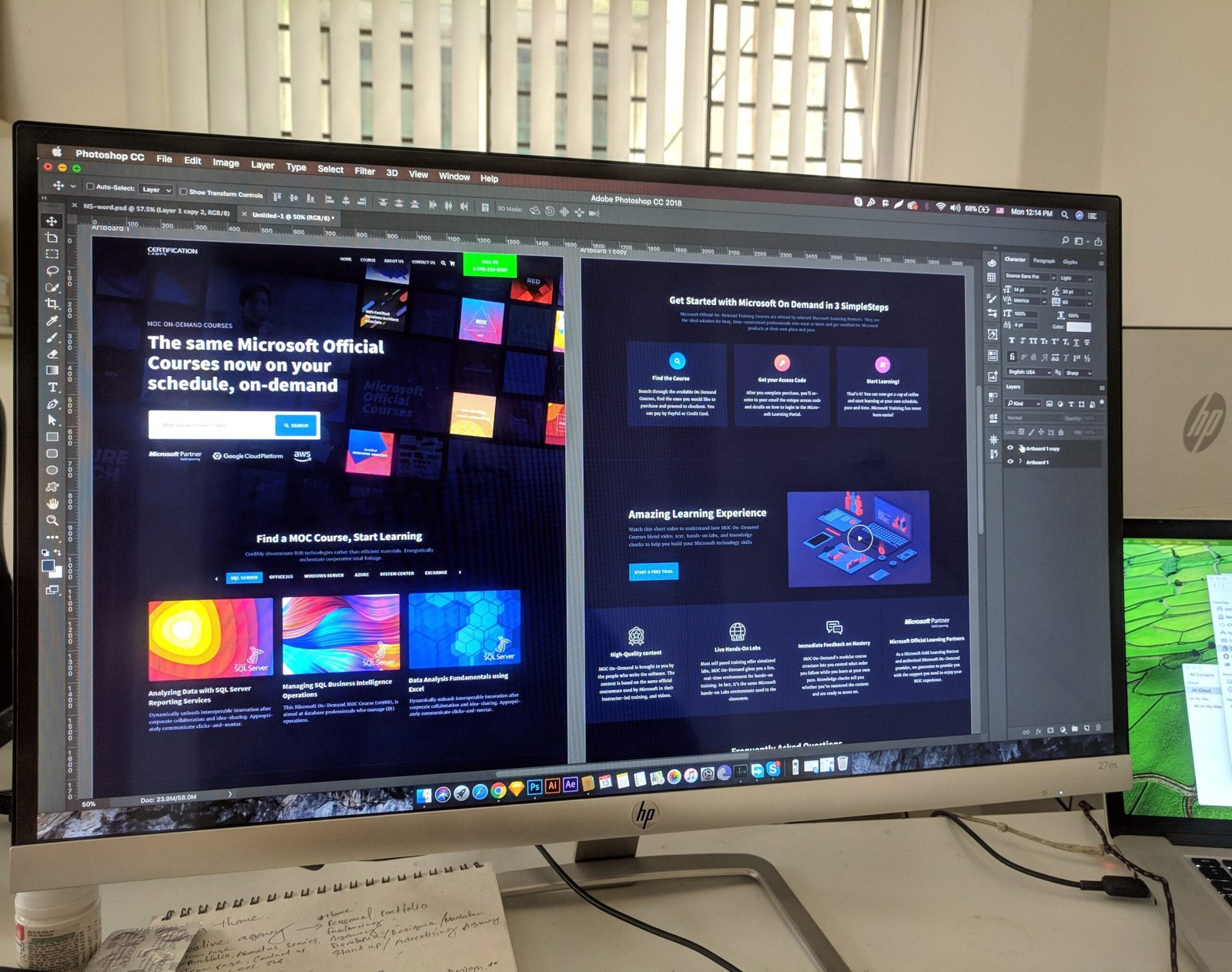Introduction
Web design is not just about creating visually appealing websites, it’s about creating immersive experiences for the users. An immersive experience is one that engages the user and makes them feel like they are a part of something bigger.
1. User-Centric Design
To create an immersive experience, it is important to focus on user-centric design. This means understanding the needs and preferences of the target audience and designing the website accordingly.
One way to achieve this is by conducting user research and gathering feedback. By understanding what users want and expect from a website, designers can create an experience that caters to their needs.
2. Interactive Elements
Another important aspect of creating an immersive experience is incorporating interactive elements into the design. This can include features such as animations, hover effects, and scrolling effects.
By adding these interactive elements, users are more likely to engage with the website and stay on it for longer periods of time. This increases the chances of them converting into customers or taking the desired action.
3. Visual Storytelling
Visual storytelling is a powerful tool that can be used to create an immersive experience. By using images, videos, and graphics, designers can tell a story and evoke emotions in the users.
For example, a website for a travel agency can use beautiful images and videos to transport users to different destinations and make them feel like they are already on vacation.
Conclusion
Creating immersive experiences in web design is essential to engage users and make them feel connected to the website. By focusing on user-centric design, incorporating interactive elements, and using visual storytelling, designers can create websites that leave a lasting impression on the users.


